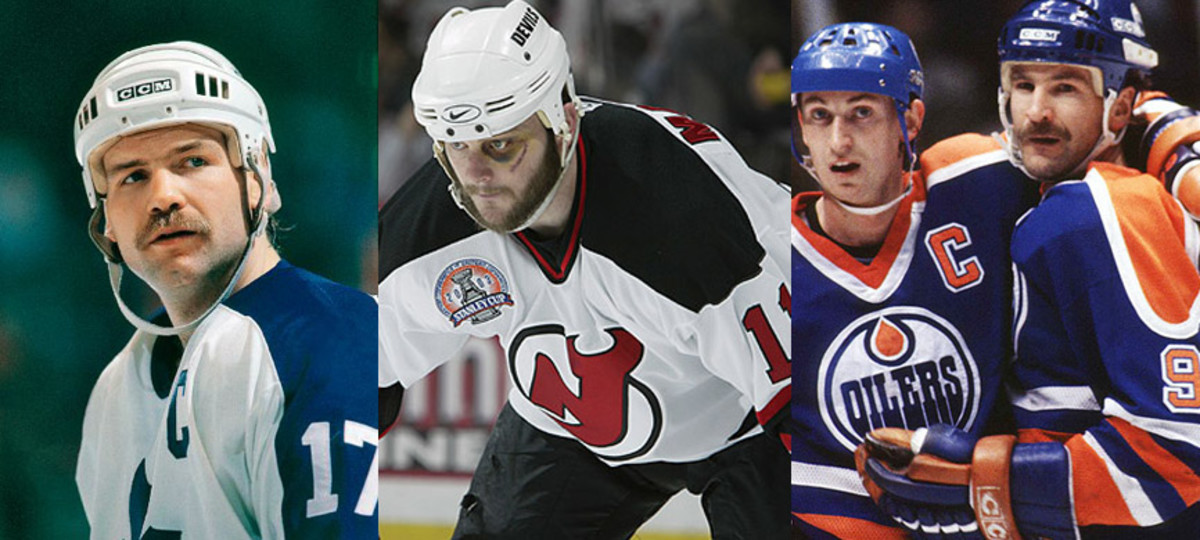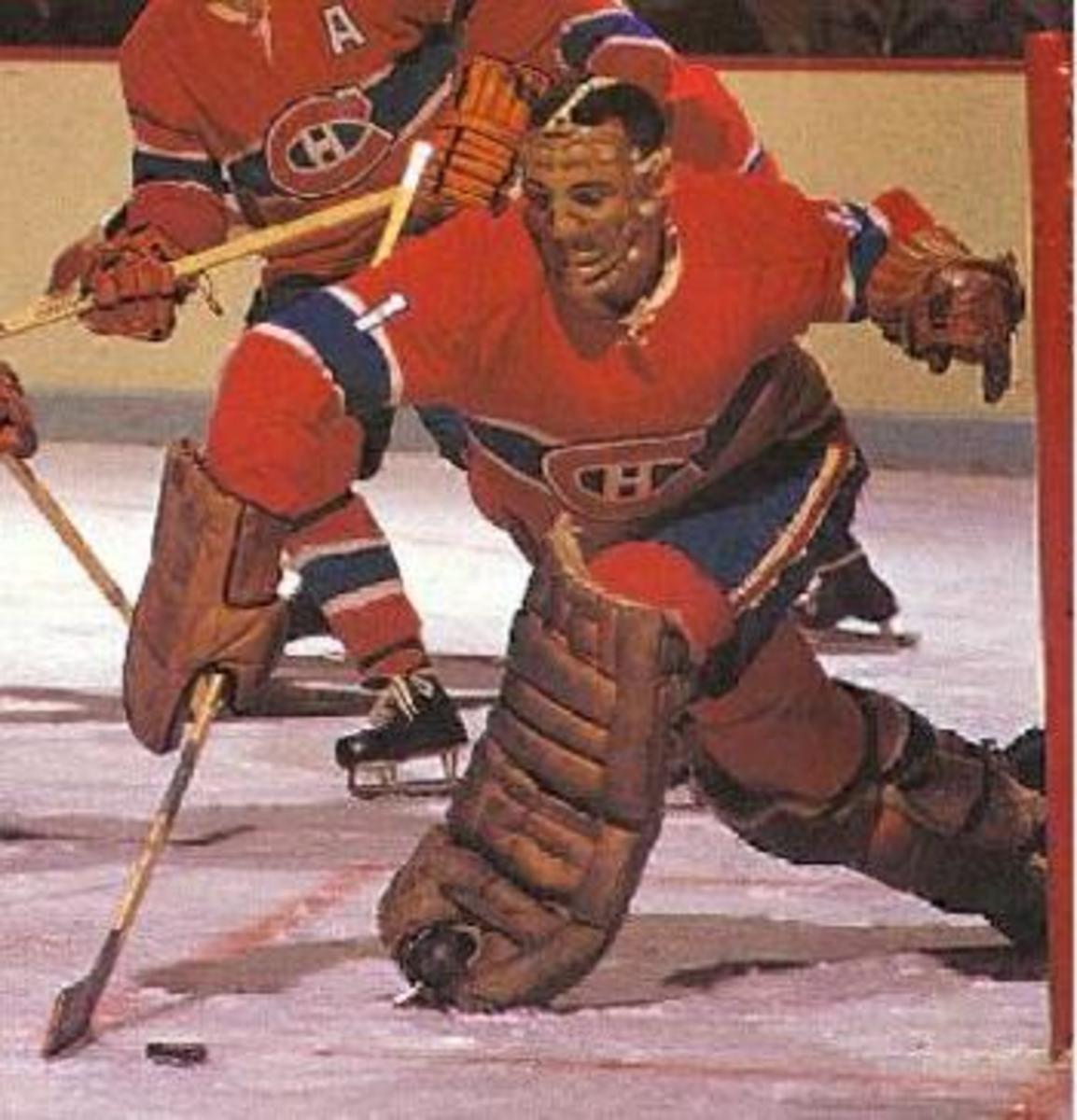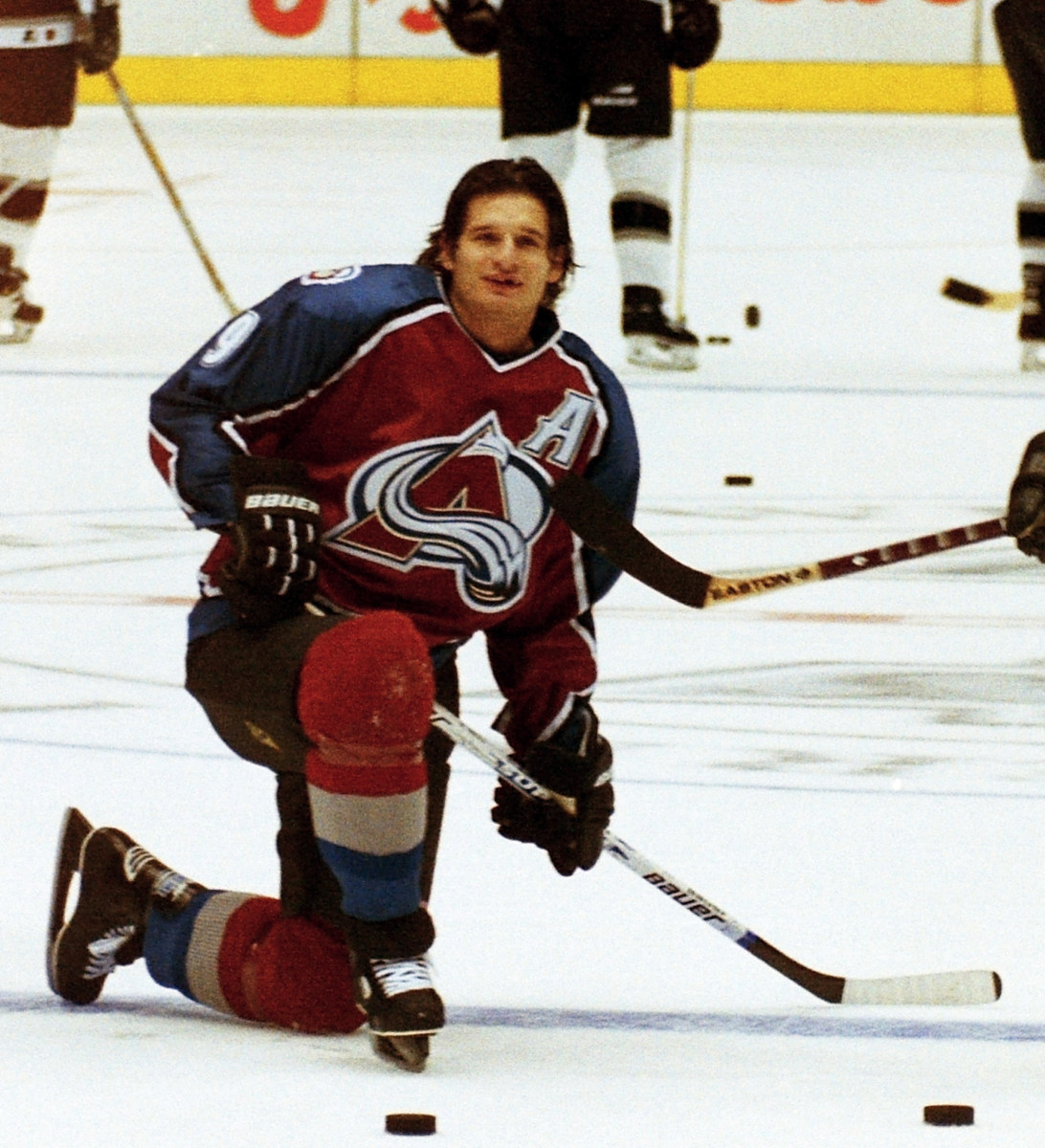Answering LauraGSpeaks: One fans take on why the League now needs new system in place to deal with illegal hits.
The introduction to rule changes by the league to cut down on fighting have created a new wave of behaviours from the players, which necessitated a new wave of changes to the rules. We saw in the NHL in the 80's hockey that was 'Rock'em Sock'em" which illustrated big hits, regular fights, and players policing themselves.
A bad/illegal hit was punishable by retaliation in the form of a fight between the illegal hitter and his victim. They squared off and had a tilt, situation over. IF that didn't occur as the victim was a skills oriented player, a teammate would have stepped up and defended his honour. The league felt that there was a lull in scoring due to the fighting, so they believed putting in new rules would speed up the game (in the 80's they had the No foot in the crease rule, goalies could freely skate around the net to play the puck without fear of being hit maliciously, and players hit but were unlikely to use their stick to impede another player illegally).
Since then the league takes out the red line, does away with the 2 line pass offsides, does away with the no foot in the crease, we add infractions such as hitting from behind, hooking and obstruction become interchangeable- (hooking now includes stick on stick rather than the original hooking which was a player using his stick as a hook to take a player out of the play/to prevent a player from getting around them..now includes anything whereby a victim's hands (while on his stick) are impeded by another's), they lumped interference in with obstruction as well. Now in the 50-70's there were a lot more stick infractions, where players would actually use their sticks in a manner to gouge another's eyes out, there are plenty of fights that started out with stick fights first. This isn't tolerated any more.
So, they say the lack of goals necessitated the changes made in the 90's so that the game could get faster and maybe get some more scoring. The faster the game the less time one has to decide whether to follow through with what they were trained to do, or simply play a less physical game. As a defenceman you have less options now than before - lifting a player's stick may bring about a hooking call, so, maybe you chose not to lift a stick, you can no longer guide a player away from the front of the net (strictly speaking, I know people still get away with it to a lesser extent) using your stick on the back of the forward, and with the game being faster, more offence minded, you see a lot of players trying to deke a defender even while back on to them facing the boards - which creates opportunities for hitting from behind. The creation of new rules forced players into situations where before, hadn't needed attention.
Taking away the blue crease for the goalies made it necessary that there is a goalie interference penalty. Guys can be in the crease even during a goal as long as they do not impede the goalie from making a save. Which makes sense to speed up the game, rather than to have the referee go to video replay on every goal. However, we have increased the opportunities for a goalie to be run over by opposing forwards by doing so. The fear of being caught for hooking or hitting from behind has also lead to increased opportunities for forwards to go wide around the D and to come in at a sharp angle on the goalie.
Where the players play has changed. Watch a game from the 70's-80's you'll see a ton of shots from the hash marks (face-off circle) that make it through. With the systems in place by most teams to 'clog up the middle' so those shots are not getting to the net, teams have become more mobile, opting for a faster option, rather than slow things down and play a more strategic manner -which is what usually happens when a team gains the offensive zone while they are on the power play (other team has a player in the penalty box), they gain the zone and slow down, take their time and piece together a series of passes getting the puck to the open, unimpeded player for an open shot on goal.
So, the issue of fights, and idea that the league had a lack of scoring brought about changes to speed the game up to make it more exciting for new viewers. Fans of the game before the 90's were fans for the game, not because there were going to be changes to make it better, but for the product that already existed.
Now, we come to a point in the sport where illegal hits are being noticed, there is an emphasis on hits causing concussions and reckless play. We have seen unfortunate things (Bertuzzi on Moore, Raffi on Hossa, Chara on Pacioretty, Hunter on LaFontaine to name a few) but through it all the reckless of reckless Cooke in Pittsburgh, and Brad Marchand in Boston, seem to slide through unscathed. I point to these particular players due to the amount of incidents related to them, knowing that while Cooke's history is far worse than his current status in the NHL, Marchand's continues to grow. The knee on knee hits, or the submarine type hits by Marchand brought about Marchand questioning the league in the offseason as to how low one has to be, and where on the opposing player is too low to hit. To me this brings about the question of morality, and appears that Marchand is looking for justification for taking a guy out at the knees. Cooke was known for his high elbows to the opposing players head while they were not engaged in the play occurring at the time. Cooke changed tact and this past season was much more offensive minded, kept his elbows down, rarely fought and was an asset for his hockey skills. I think Cooke should call Marchand (who was a Canadian WJ Champ) and remind him of the goals of hockey, and inform him that negative play only hurts his team in the long run.
But the illegal hits have become an issue for a combination of reasons. The first being that the speed of the game has brought about poor judgement by players who have over thought or not had time to think about their next step. Secondly, policing through policy and procedures, while sound business sense, is not enough to push for players/teams to change that part of their game. Illegal hits being governed by a guy in a room watching video's is civilized, and shows the league is really intent on giving the impression that things have changed, while in reality it does nothing to those players who skate away from an incident without real consequence. Missing $2500 or 3 games isn't a lot to lose for putting a guy out indefinitely with concussion like symptoms. Thirdly, as base level as this is, immediate consequence is much more memorable than something that takes 3 days to be served.
As Brendan Shanahan and CO. sift through the many angles of a hit, look for intent to injure, qualify a response based on a persons history or lack thereof, its about 3 days before a ruling comes in. If the league was more into self policing, the wait time for retribution is almost instantaneous. One team we can do some digging on is the Montreal Canadiens. The last true enforcer they had was Georges Laroque in 2009. The Habs did without a true enforcer, however, had Travis Moen, Ryan White who could fight if necessary. After 3 yrs of constant pressure to have 'tougher grittier' players, GM Marc Bergevin gave in, and re-signed White and Moen, while picking up a 1 yr contract on Colby Armstrong and a 4 yr deal with Brandon Prust. Bergevin spent close to 15 million on these guys contracts. Obviously the grittier side of hockey still has its place, and a team like Montreal who was bashed by the media for being too small has now created an impression of intolerance.
My point being, spending more money on positions to analyze why a hit was illegal is sometimes a waste of money. NHLers have been trained since they were very young to hit and to take a hit. They all know what's legal and what's not. They know how the league feels, and they see players with concussion like symptoms on the rise. It is truly up to the players to do something about this. We fans can't place all the blame on Bettman's rule changes, nor Shannahan's decision making skills, we need to be realistic in our desire for a more sensible way to do things, we also have to take into consideration that the players, while doing their jobs, need to keep safety as a thought while banging bodies against the boards or at centre ice. The answer... as the immortal Bob Dylan says... is blowing in the wind.



